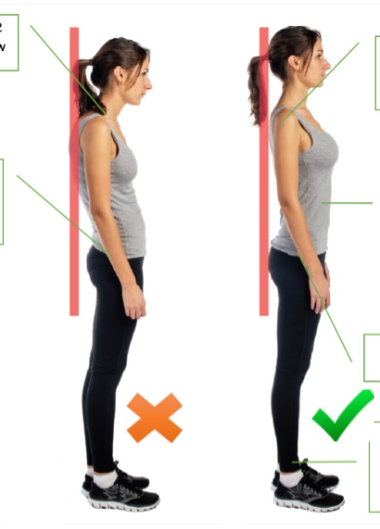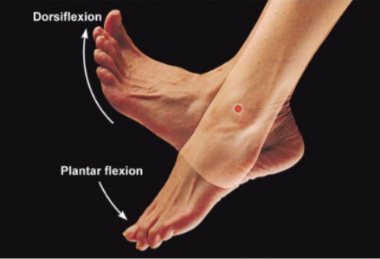Posture is something that many of us take for granted, but it's a crucial component of our physical health and wellbeing. Good posture not only helps us to look confident and poised, but it also helps to prevent a range of musculoskeletal problems that can lead to pain and discomfort over time.
At its most basic level, posture refers to the alignment of our body in space. When we have good posture, our spine is in a neutral position, our shoulders are relaxed and back, and our feet are planted firmly on the ground. Poor posture, on the other hand, can lead to a range of problems, including neck and back pain, headaches, and even digestive issues.
One of the primary causes of poor posture is the sedentary lifestyle that many of us lead. When we sit for extended periods of time, whether at a desk or in front of a screen, our muscles become tight and our posture can suffer. This is compounded by the fact that many of us use technology devices that encourage us to hunch over, such as smartphones and tablets.
Fortunately, there are steps that we can take to improve our posture and prevent these problems from occurring. The first step is simply to be aware of our posture throughout the day. By paying attention to how we're sitting or standing, we can make small adjustments that can have a big impact over time.
Another key strategy for improving posture is to strengthen the muscles that support our spine and posture. Exercises such as yoga, Pilates, and weight training can all be effective for this purpose. These exercises help to build strength and flexibility in the muscles that are crucial for maintaining good posture, such as the core muscles, back muscles, and hip flexors.
In addition to exercise, there are a number of other strategies that can help to improve posture. For example, ergonomic chairs and standing desks can encourage better alignment while sitting or standing. Similarly, stretching and taking frequent breaks from sitting can help to alleviate tension and improve circulation in the muscles.
It's important to remember that good posture is not just about how we sit or stand; it's also about how we move throughout the day. For example, carrying heavy bags or backpacks on one shoulder can lead to uneven posture and strain on the back and neck. Similarly, wearing high heels can put extra pressure on the feet and spine, leading to poor posture.
Ultimately, improving posture requires a holistic approach that takes into account all aspects of our daily lives. By paying attention to how we sit, stand, and move, and by taking steps to strengthen our muscles and alleviate tension, we can prevent a range of problems and improve our overall health and wellbeing.
In today's world, where so much of our time is spent sitting or staring at screens, it's more important than ever to prioritize good posture. By making small changes to our daily habits and routines, we can help to prevent pain and discomfort and promote a healthy, confident, and resilient body. So the next time you catch yourself slouching or hunching over, take a deep breath and make a conscious effort to sit up straight and align your body properly. Your back (and your whole body) will thank you.




